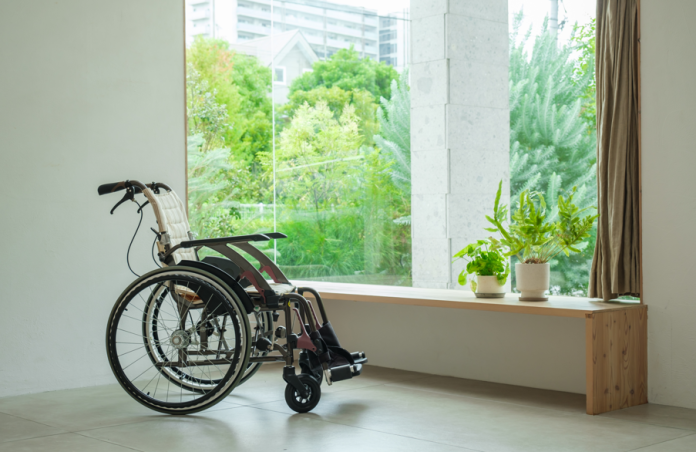The traditional sterile, clinical appearance of healthcare facilities is rapidly becoming a thing of the past. Today’s forward-thinking hospitals and medical centers recognize that the physical environment plays a crucial role in patient healing, staff satisfaction, and overall healthcare outcomes. By moving beyond cold, institutional design, healthcare facilities can create spaces that feel more like comfortable homes than intimidating medical buildings.
Color Psychology in Medical Settings
Color has a profound impact on human emotions and psychological well-being. While white walls have long dominated healthcare design for their association with cleanliness, research shows that warmer, more varied color palettes can significantly improve patient experiences. Soft blues and greens promote calmness and reduce anxiety, while warm earth tones create feelings of comfort and security.
Natural colors that mirror the outdoors help patients feel connected to the world beyond the medical facility. Gentle yellows can lift spirits and create an atmosphere of hope, while muted purples have been shown to aid in pain management and promote restful sleep. The key lies in selecting colors that are soothing rather than overstimulating, creating an environment that supports healing while maintaining the professional atmosphere necessary for medical care.
Natural Light and Biophilic Design
Natural light serves as one of the most powerful tools for creating welcoming healthcare environments. Exposure to daylight helps regulate circadian rhythms, which is particularly important for patients experiencing extended stays. Strategic window placement and the use of skylights can flood spaces with healing natural light while reducing dependence on harsh fluorescent lighting.
Biophilic design elements extend this connection to nature throughout the facility. Living walls, indoor gardens, and natural materials like wood and stone create a sense of tranquility that contrasts sharply with traditional sterile environments. Even in spaces where live plants aren’t practical, nature-inspired patterns and textures can provide similar psychological benefits.
Visual Interest Through Hospital Wall Art
Hospital wall art represents one of the most effective ways to transform sterile corridors and waiting areas into engaging, comforting spaces. Thoughtfully selected artwork can serve multiple purposes beyond mere decoration. Abstract pieces in calming colors can provide visual focal points that distract from anxiety, while landscape photography can offer mental escapes to peaceful natural settings.
Interactive art installations can engage patients and families, providing positive distractions during stressful times. Digital art displays allow facilities to rotate collections, keeping the environment fresh and interesting for staff who work in the space daily. When selecting hospital wall art, consider pieces that inspire hope, celebrate life, or simply bring beauty into spaces where people face challenging circumstances.
The placement of artwork requires careful consideration of sightlines from wheelchairs and gurneys, ensuring that all patients can enjoy these visual elements regardless of their mobility status. Art should complement the overall design scheme while adding personality and warmth to otherwise clinical spaces.
Comfortable Furniture and Flexible Layouts
Furniture selection in healthcare facilities must balance comfort with functionality and hygiene requirements. Seating areas should accommodate various body types and physical limitations while being easy to clean and maintain. Modular furniture arrangements allow spaces to be reconfigured based on changing needs, whether for large family gatherings or intimate conversations.
Creating varied seating options acknowledges that different people have different comfort preferences and privacy needs. Some visitors prefer open areas where they can observe activity, while others need quiet corners for private conversations or personal reflection. Flexible layouts accommodate these diverse needs while maintaining clear sightlines for staff supervision.
Lighting Design That Heals
Lighting plays a critical role in creating atmosphere and supporting biological functions. Circadian lighting systems that adjust color temperature throughout the day help maintain natural sleep-wake cycles. Warm, dim lighting in the evening promotes relaxation, while brighter, cooler tones during daylight hours support alertness and positive mood.
Task lighting allows individuals to control their immediate environment, providing reading light or gentle ambient illumination as needed. Avoiding harsh shadows and glare is essential, particularly in areas where patients may have compromised vision or heightened sensitivity.
Spaces That Support Healing
Creating warm, welcoming healthcare environments requires thoughtful consideration of every design element. From color selection and natural light integration to carefully chosen artwork and comfortable furnishings, each component contributes to an atmosphere that supports healing and reduces stress. When healthcare facilities prioritize human-centered design, they create spaces where both patients and staff can thrive, ultimately leading to better health outcomes and more positive healthcare experiences.



